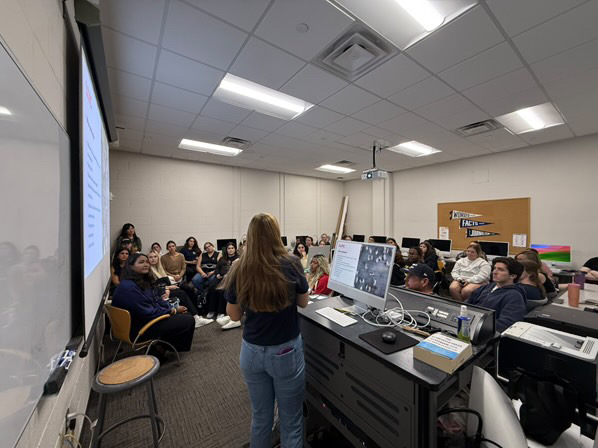Exploring the cost and repayment of Oakland’s growth
The Oakland University Board of Trustees approved the issuance of approximately $124 million of bonds on Feb. 22 for the expansion and renovation of the Oakland Center, renovation of Anibal House and Fitzgerald House and the construction of a new residence hall on the south side of campus, according to Oakland.edu.
“The bonds have not been sold as of yet,” Thomas P. LeMarbe, assistant vice president for Oakland University Finance and Administration, wrote in an email.
If issued, about $77 million of the bonds would go to the housing complex and about $44 million would go to the Oakland Center expansion, according to Oakland.edu. According to the university capital debt report, these bonds would raise Oakland’s obligations to nearly $350 million.
The $349 million is a reason for, among other things, the Engineering Center, Oak View Hall and P32 (the parking structure south of the Engineering Center).
The debt and other non-discretionary obligations come first in annual budget planning, according to LeMarbe.
Issuing bonds for campus growth is a common practice among universities, he wrote.
“Generally, the University issues 30-year bonds for major construction projects,” LeMarbe wrote, and the university will repay them with the general fund budget and the revenue from housing. According to him, the repayment schedule does not require any enrollment growth, but is based off of the current level.
LeMarbe wrote that “because most of the bond issue is dedicated to a revenue producing facility (housing), we believe we will maintain our current A1 credit rating after we issue the SERIES 2016 bonds.”
Oakland’s bonding capacity “is examined from the context of maintaining its existing [credit rating],” LeMarbe wrote.
President of Oakland University George W. Hynd appreciates the board’s authority.
“Each university [in Michigan] is constitutionally independent,” Hynd said. “We can issue bonds. We can actually issue our own debt.”
In South Carolina, the last state he worked in before Oakland, it was a different story.
“It was a nightmare to get any bonding authority done,” Hynd said, “because you had to go through actually about eight different layers to get approved. Here, we can decide to do that ourselves.”
And they have. But the situations are different for the different buildings involved in the series 2016 bonds, he said.
“The [new] residence hall [on the south side of campus]…in a way, it kind of doesn’t count because it’s revenue-neutral,” Hynd said. “The students who are paying to live in the new residence hall are essentially paying it off.”
The OC is not revenue-neutral.
“We are looking for philanthropy to step in,” Hynd said. “If we can get somebody to pay let’s say $10 million of the $40 million for the OC…that frees-up $10 million that could be used for other things.”
Hynd hopes the budget for fiscal year 2017 will be ready for presentation at the June board formal session.
That meeting is at 2 p.m. on Monday, June 6 in the Elliott Hall Auditorium.
The next meeting is at 2 p.m. on Monday, April 11 in the Elliott Hall Auditorium.





